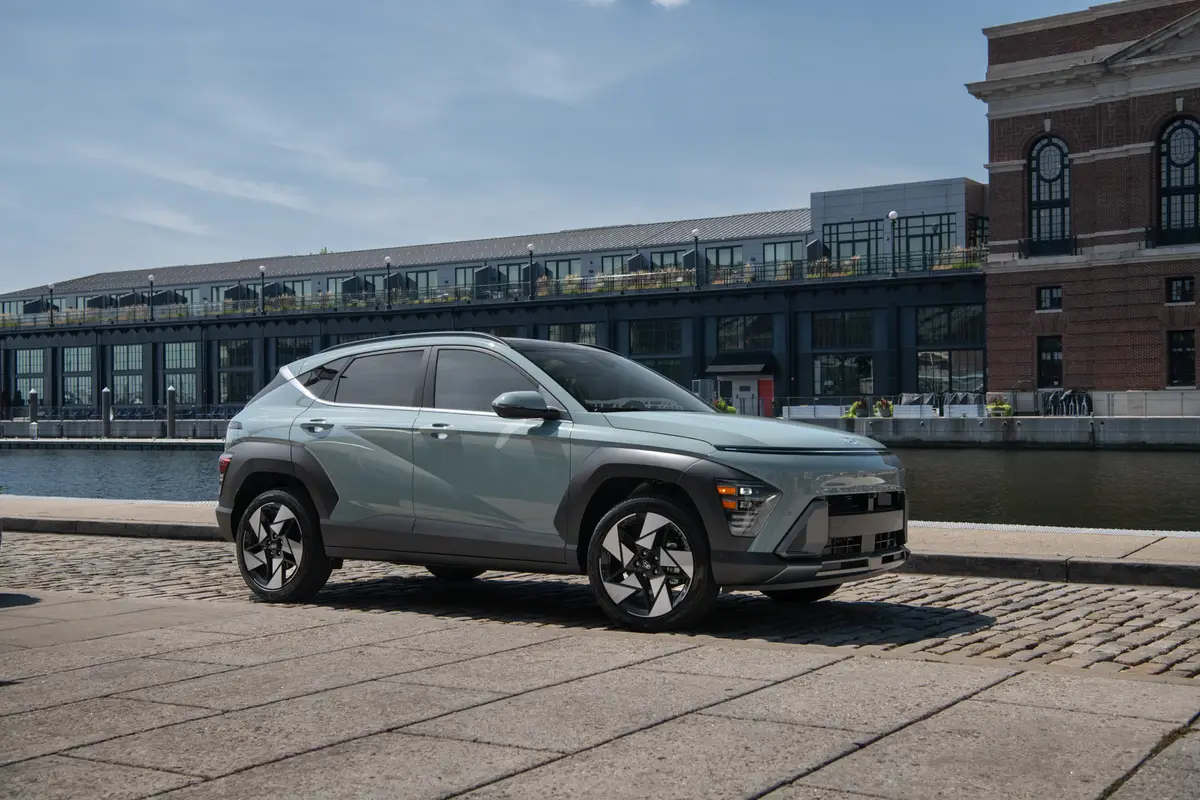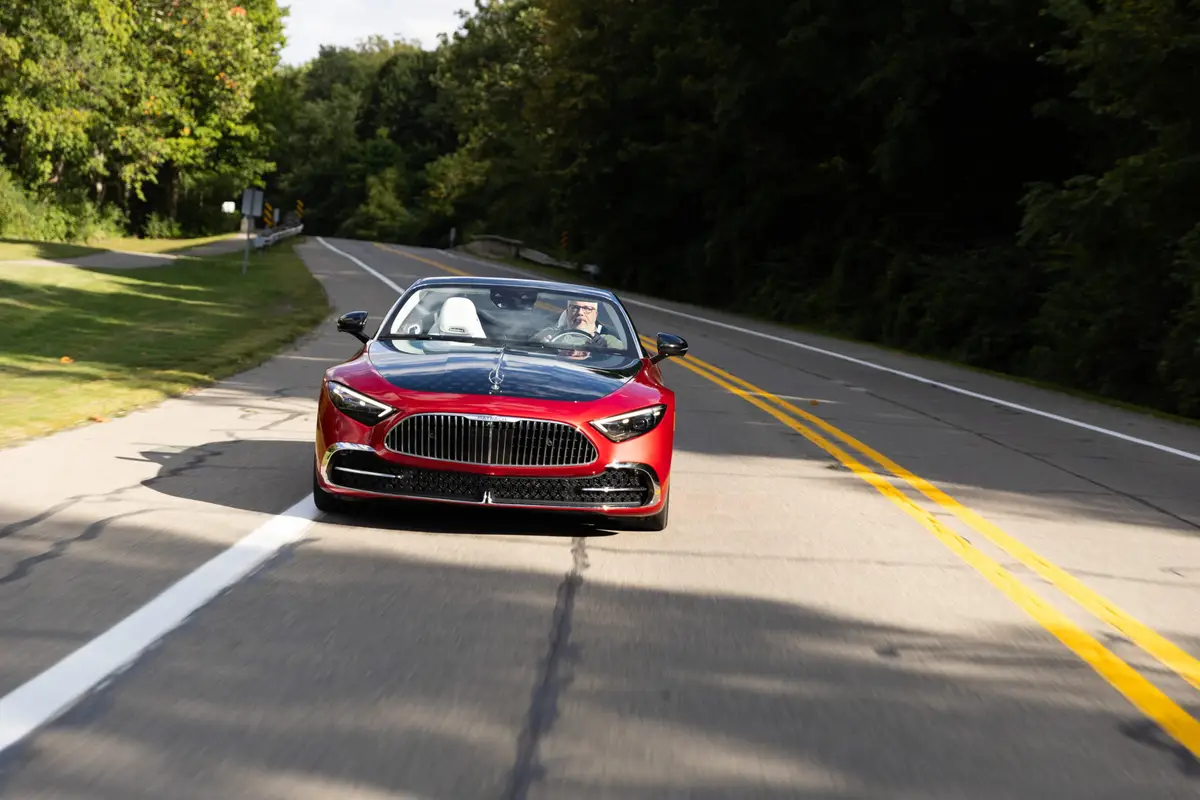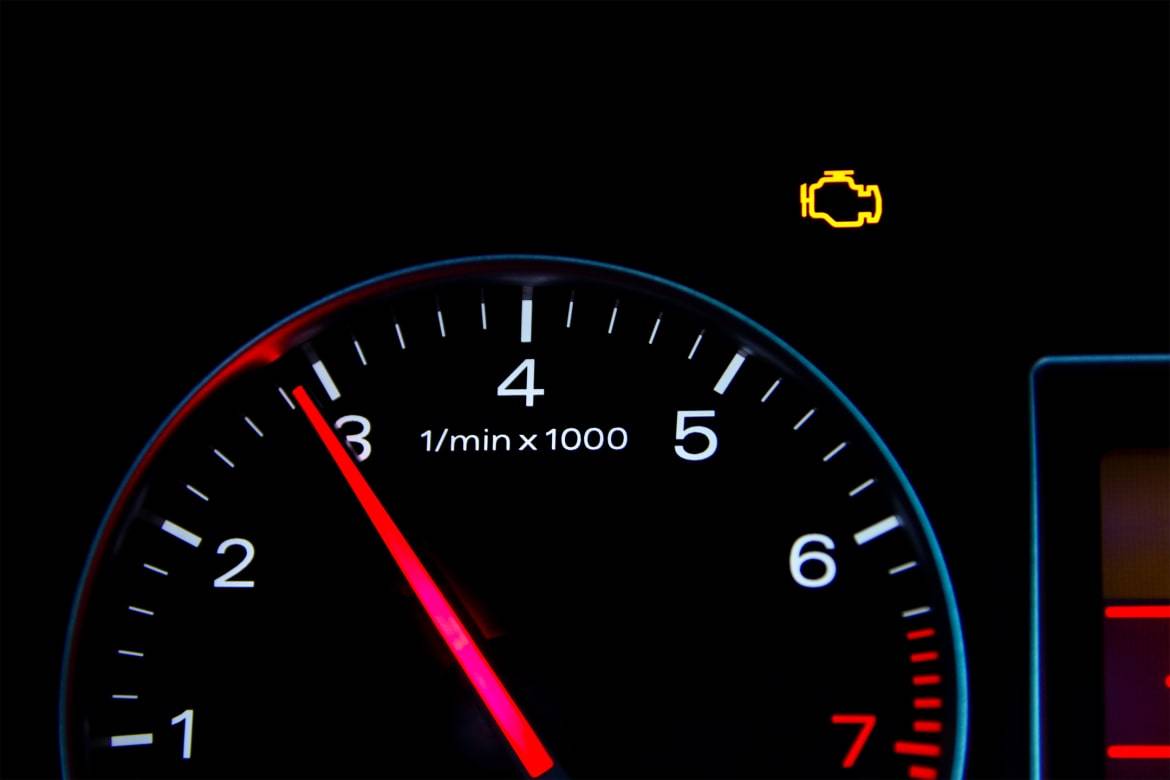The Morning Call and Mcall.com's view
Small pickup trucks are a big force in the total automotive scene. Not onlyhave they cut into sales of standard pickups, they also created their own typeof market as a personal – not work – vehicle.
In the not-too-distant past of 1970, about 150,000 small trucks were sold, about 8 percent of the truck market. In the latest figures, though, the small trucks – pickups, utility and vans – racked up sales of more than 2.6 million and took a 54.4 percent share.
Many things, of course, have occurred since 1970. But, perhaps more than anything else, the so-called oil crisis, the rapid rise in the price of gasoline (and diesel fuel) and the threat of rationing gave the small vehiclesa real shot in sales.
Today, the reasons for buying a small truck may not be the same. These vehicles are now so established in the marketplace that they really aren’t in competition with standard-sized trucks. They are bought because of what they are, not what they can be compared to.
Leading the sales in small pickups, both domestic and import, is Ford Ranger, which really doesn’t look and act much different from the competition,but apparently proves that Ford really does know how to sell trucks: After all, the number-one-selling vehicle in the country (among both cars and trucks) is the standard-size Ford pickup. So, something must have rubbed off on the Ranger.
Interestingly, Ford statistics (which can pretty much be applied across theboard) show that fewer than 10 percent of all Ranger pickup trucks are used purely for business purposes. Seventy percent are purchased solely for personal use and the remaining 20 percent do double duty as both personal and commercial vehicles.
The statistics also show that many small-truck buyers prefer highly appointed models, which obviously is the reason why these vehicles have been made more civilized over the years. Oh sure, you can still get the stripped- to-the-bone small pickup with just enough equipment to get it rolling off the dealership floor, but many pickups, especially those for personal use, are equipped like passenger cars.
And just because they are smaller doesn’t necessarily mean they are cheaper, which will be covered later.
The test vehicle was a Ranger 4X4 pickup and very extensively equipped, including an optional pickup box shell cover. This, until very recently, was an exclusive item in the automotive aftermarket. But now several manufacturersoffer a box cap, just as they offer the fancy wheels and dress-up items which too were at one time added after a vehicle was bought.
A cap, of course, is a matter of personal taste or needs. But if you don’t need one, don’t buy one. In addition to cutting a pickup truck’s excellent all-around visibility, it cuts down (unless removed) on the pickup’s carrying versatility.
Also, since they provide shelter, some pickup owners will haul passengers in the box. This is not only uncomfortable but unsafe . If one needs a roof on a pickup box and wants to haul passengers in the back, why not consider a utility vehicle instead?
Anyway, as far as caps go, the Ranger’s is neat and attractive-looking. It looks as if it were designed for the truck, not just thrown on.
Although considered a small pickup, the Ranger is really not a small vehicle (it is only smaller than a big pickup). This too is a phenomenon of the small pickup – it has grown over the years. Exterior dimensions include a wheelbase of 114 inches, overall length of 187.6 inches, width of 66.9 inches and height of 66.7 inches. The curb weight is 2,915 pounds.
The cab (standard, not the ”Supercab”) provides 39.2 inches for head room, 55.5 inches shoulder room, 54.8 inches hip room and 42.4 inches leg room.
The test vehicle had a bench seat (it can also be equipped with split benchor bucket seats) with three-passenger capability, and was well suited for two adults and a child. The seat itself is done u p in a tough vinyl and looks somewhat utilitarian for such a fancy pickup. But it could appeal to those wholike to sit in a vehicle with wet waders. And as with all standard cabs, thereis no storage room, other than what can be stuffed in the glove box and under the seat.
Somewhat surprising, despite having four-wheel-drive and optional Handling Package, the vehicle rode decently. No doubt helping out was the relatively long wheelbase and Twin-Traction Beam independent suspension (rear suspension features leaf springs). Also, handling was decent over tortuous back roads andtight radius cloverleaves. No sports car but not bad for a 4X4 pickup.
Since most four-wheel-drive vehicles are bought with hazardous winter driving conditions in mind, let us assume that the Ranger 4X4 will do just as well in snow and slush. Unfortunately, or perhaps fortunately, there was no snow for the test drive. So, the next best (or worst) thing was done: driving it over rainy, leaf-covered mountain trails. No sweat, no regret.
The test vehicle had ”Touch Drive” electric shift transfer case, which, along with the vehicle’s optional four-speed automatic transmission, will makelife a lot easier.
Touch Drive allows on-the-fly shifting between two-wheel and four-wheel drive at the touch of a bar switch on the overhead console. Not too much mechanical ability needed to handle this one. Shifting in and out of four- wheel low does require a stop or a speed below three miles per hour.
Powering the test vehicle was the optional 2.9-liter/176-cubic-inch V-6 engine, featuring electronic fuel injection and rated at 140 horsepower at 4,600 rpm and 170 foot pounds torque at 2,600 rpm. Performance was good for all Lehigh Valley driving conditions. I would strongly recommend this engine for the 4X4 Ranger over the standard 2.3-liter/140-cubic-inch four, which is rated at 90 horsepower at 4,000 rpm and 134 foot pounds torque at 2,000 rpm.
Fuel mileage for the test vehicle’s four-speed automatic/V-6 engine was decent, though nothing to write home about. Highway mileage averaged 18 miles per gallon while city driving came to 11 mpg.
Full price on the test vehicle, including a delivery charge of $395, came to $16,405, certainly a goodly amount of money for a small pickup but not out of line with the competition. Base price is $11,000, which includes a nice level of trim and some equipment.
Options included Preferred Equipment Package 864A (XLT model trim, P215/ 70R14 tires, AM/FM stereo with cassette/clock, tachometer, two-tone, sliding rear window, headliner, deluxe wheel trim), $1,422; V-6 engine, $787; box cap,$699; electric shift, $104; four-wheel automatic, $896; speed control/tilt steering, $279; air conditioning, $744; cast aluminum wheels, $205; auxiliary fuel tank, $228, and power window/door locks, $376.
The Ranger is covered by a 6-year/60,000-mile warranty on major components and a 6-year/100,000-mile corrosi on perforation warranty.
Latest news



